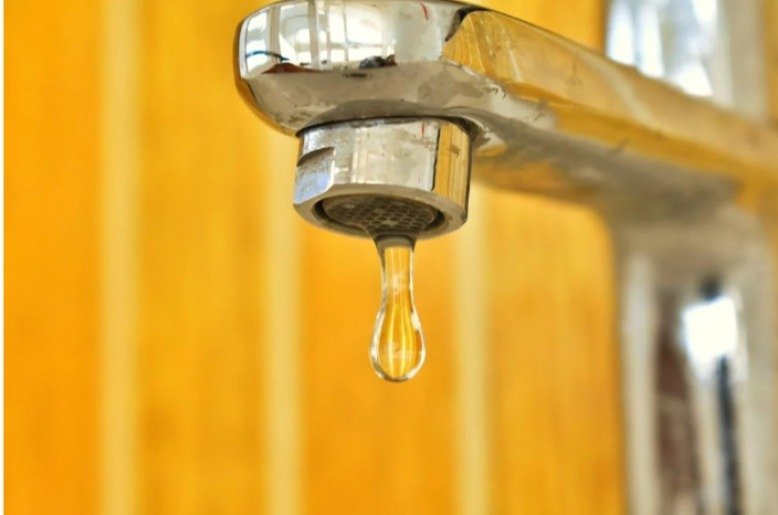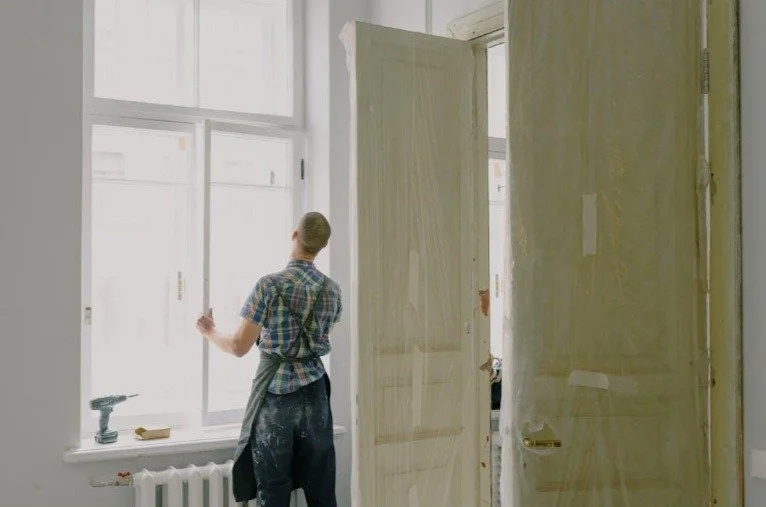What to Expect During a Roof Replacement Project
Replacement of a roof is one of the most significant home improvement projects a homeowner may face. Beyond protecting your home from the elements, a new roof enhances curb appeal and adds value to your property. However, the process can feel overwhelming without a clear understanding of what’s involved. Knowing what to expect helps homeowners prepare, reduce stress, and avoid surprises along the way.
This replacement project involves more than just swapping out old shingles. From initial planning to the final inspection, multiple steps require careful coordination. Working with knowledgeable professionals is key to a smooth experience. With the right preparation and expert guidance, homeowners can achieve a high-quality replacement that lasts for years to come.
Let’s discuss more on this below:
Role of Professionals in Replacing the Roof
Replacing a roof is a complex job that requires precision and expertise. Professionals bring the skills and tools needed to assess your roof’s condition, recommend appropriate materials, and execute the replacement safely and efficiently. Their experience allows them to spot underlying issues that homeowners might miss, such as structural damage or improper ventilation. Partnering with skilled roofing contractors gives homeowners confidence that their replacement project is in capable hands.
Working with roof replacement experts ensures that the project is handled efficiently, from assessing the roof’s condition to completing the installation with high-quality materials. Professionals also provide access to warranties on materials and labor, giving homeowners added peace of mind. Their knowledge of local building codes and regulations gives much relief as you’ll know that the installation complies with all requirements, avoiding potential legal or safety issues. Relying on experienced contractors streamlines the process and also delivers a durable, long-lasting result.
Initial Assessment and Planning Phase
The first step in replacing a roof is an assessment of the roof’s current condition. During this phase, contractors inspect the roof for signs of wear, leaks, or structural damage. They may use tools like moisture meters or thermal imaging to identify hidden problems that aren’t visible to the naked eye. This thorough evaluation helps determine the scope of work and whether additional repairs are needed before replacement begins.
Once the assessment is complete, the planning phase begins. Contractors work with homeowners to establish a project timeline, budget, and materials list. This stage often involves discussing aesthetic preferences, such as the type and color of shingles, as well as functional considerations, like energy efficiency and weather resistance. A clear plan sets the foundation for a successful replacement, keeping all parties aligned and minimizing potential disruptions.
Preparing Your Home and Surroundings
Preparing your home and property is an important step before replacing the roof. Contractors typically advise homeowners to clear outdoor areas near the house, such as patios, driveways, and gardens, to protect items from falling debris. Indoors it’s a good idea to cover furniture and valuables in the attic or upper levels to prevent dust accumulation. Taking these precautions helps protect your belongings and keeps the worksite organized.
Communicating with neighbors about the upcoming project can also be helpful. Replacing your roof can be a noisy project and may temporarily block access to shared spaces like driveways or sidewalks. Letting your neighbors know what to expect fosters goodwill and avoids misunderstandings. Being proactive about preparation contributes to a smoother and less stressful experience for everyone involved.
Replacement Process Step-by-Step
The actual replacement process involves several key steps, starting with the removal of the old roofing materials. Contractors carefully strip away shingles, underlayment, and other components, exposing the roof deck for inspection. If damage or rot is found, repairs are made to provide a solid foundation for the new roof. Once the deck is ready, a protective underlayment is installed to guard against moisture and improve insulation.
Next comes the installation of new roofing materials, such as shingles, tiles, or metal panels, depending on the homeowner’s choice. Contractors work methodically to secure each layer, paying close attention to alignment and weatherproofing. The final step involves adding flashing around vents and chimneys to prevent leaks, followed by a thorough cleanup of the worksite. This step-by-step approach ensures that the roof is built to last and performs as expected under various weather conditions.
Potential Challenges and How They Are Addressed
When replacing the roof, you might encounter unexpected challenges, such as hidden structural damage or sudden weather changes. For example, an unexpected rainstorm might delay work, or removing the old roof could reveal damage that wasn’t apparent during the initial inspection. While these situations can be frustrating, experienced contractors have strategies in place to handle them efficiently.
Homeowners can feel more confident knowing that contractors are prepared to adapt to these challenges. Whether it’s covering the exposed roof during a rainstorm or making quick adjustments to the timeline, professionals focus on keeping the project on track. Clear communication throughout the process means homeowners are informed of any changes and understand how issues are being resolved.
Final Inspection and Project Completion
Once the installation is complete, the project doesn’t end there. A thorough final inspection is conducted to ensure the roof meets quality standards and complies with local building codes. Contractors check for proper alignment, secure flashing, and ensure no debris remains on the property. This step verifies that the work has been done correctly and that the new roof is ready to protect your home.
At the conclusion of the project, homeowners receive information about warranties, maintenance tips, and any follow-up services offered by the contractor. Taking the time to review this information helps homeowners feel confident in their investments. A professionally installed roof ultimately enhances the home’s appearance while also providing peace of mind for years to come.
Replacing the roof is a project that involves multiple stages, from initial assessment and planning to final inspection and cleanup. Understanding each phase helps homeowners prepare and reduces the stress of the process. Working with skilled roofers is critical to achieving a durable, high-quality result. With the right preparation and professional guidance, a new roof can protect your home and enhance its value for many years.











